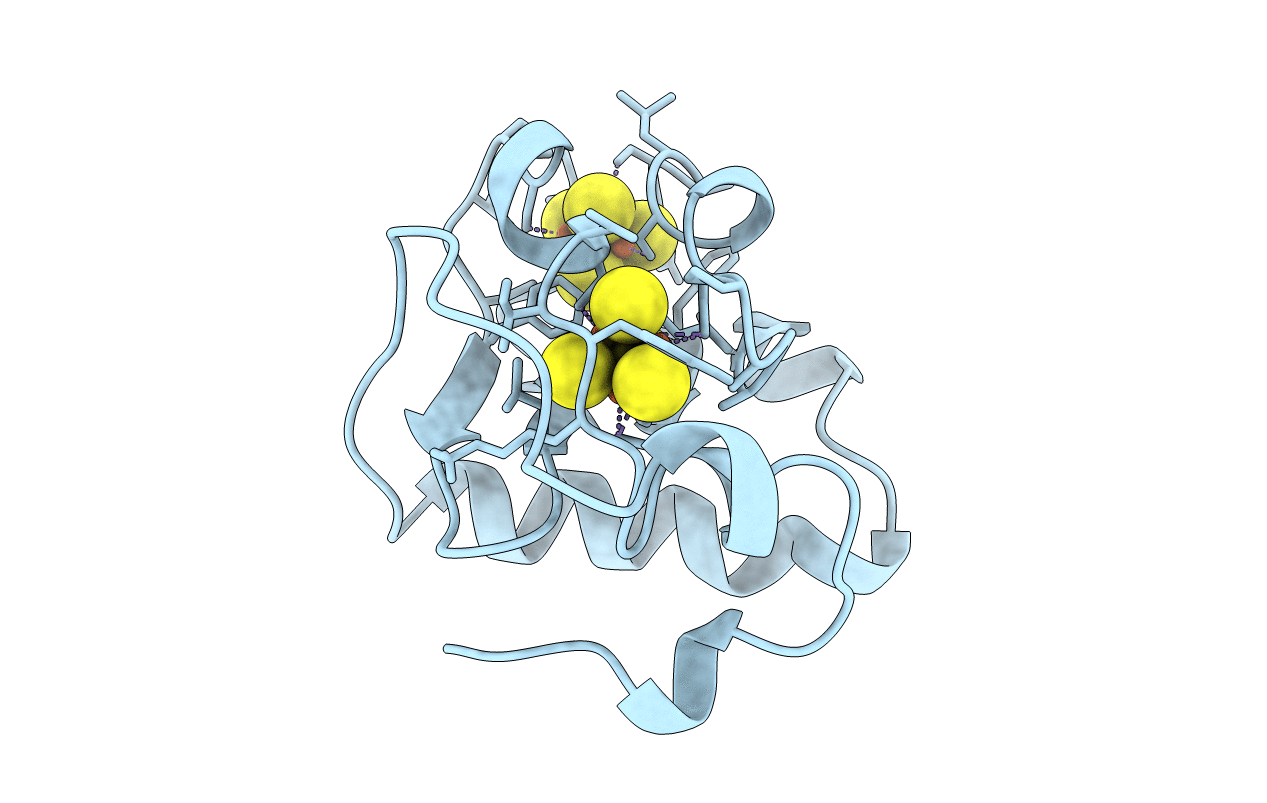
Deposition Date
1998-12-11
Release Date
1998-12-16
Last Version Date
2023-09-20
Entry Detail
PDB ID:
7FDR
Keywords:
Title:
7-FE FERREDOXIN FROM AZOTOBACTER VINELANDII, NA DITHIONITE REDUCED, PH 8.5, 1.4A RESOLUTION, 100 K
Biological Source:
Source Organism:
Azotobacter vinelandii (Taxon ID: 354)
Method Details:
Experimental Method:
Resolution:
1.40 Å
R-Value Observed:
0.17
Space Group:
P 41 21 2


